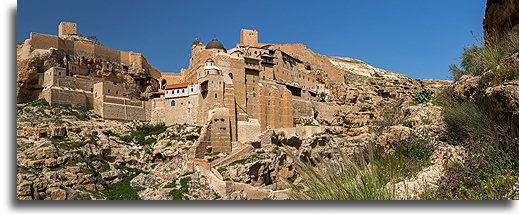
Founded in 483, the monastery survived the centuries of various rulers and today it is still a home for about 20 monks. St. Saba (Mar Saba in Arabic) on the side of the Kidron Valley in the Judean desert in the Palestinian territory is one of the oldest continuously inhabited by monks monasteries in the world. However, changes in the environment surrounding the convent are easy to notify. A stream of fresh water flowing through the Kidron Valley--which over 1,500 years ago attracted the founding of the monastery at this location--today it is a stinking sewage full of garbage.
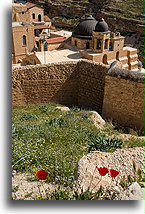
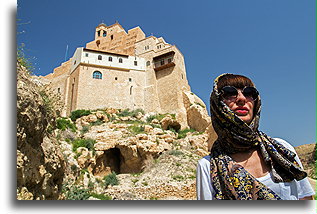
Saint Sabbas the Sanctified, the founder of this male monastery, venerated is by both the Orthodox Church and by the Roman Catholic Church. In the 12th century, Crusaders stole his relics from a monastery in Palestine. The saint’s body remained in Italy until 1965, when Pope Paul VI returned them to the monastery of Mar Saba. It was one of the papal gestures of goodwill towards Eastern Christians in his efforts to improve the relationship between various Christian denominations.
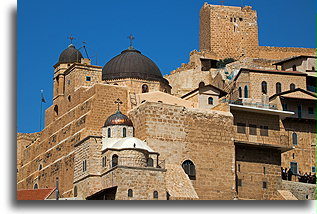
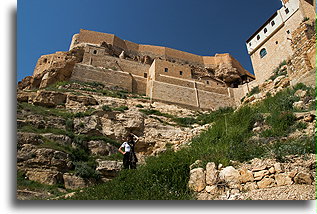
Over the centuries, the monastery of Mar Saba remained influential in the Eastern Church. It played a key role in the development of the liturgy of this Church. Monastic Typikon of Saint Saba (a set of rules for celebrating a worship services) has become the standard followed by the entire Orthodox Church.
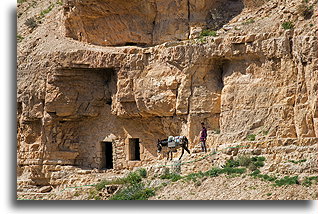
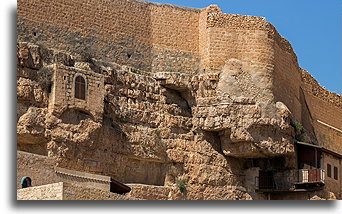
The monastery is a complex of small chapels surrounded by a high wall. Above the entrance, we can still find the medieval style defense system, the so-called machicolation. It is an overhanging opening designed for pouring boiling water, heated oil or other liquids or objects that can harm unwanted guests in front of the door below.
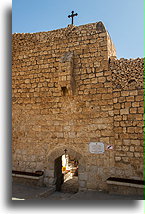
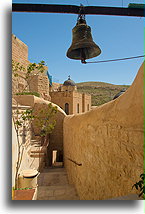
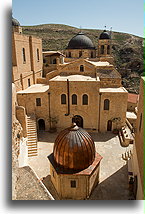
Mar Saba still cultivates many old rules and traditions. It continues to be a place where monks abandon the pleasures of the mundane world to seek God in the desert. Based on the age-old tradition, only men have access to the monastery. Women must stay outside, waiting for their husbands to return. Being a man myself, I counted on the opportunity to visit the convent, but I was rejected. The monk at the gate asked me about my country of origin. It seems that preferences are given to men from countries in which Orthodoxy prevails; the rest of the population has no admission. It is worth remembering that if you want to try to visit Mar Saba, do not do it on Wednesdays or Fridays. This is because of another tradition, the monastery is closed to visitors on fasting days, which are twice a week.
Not far from Mar Saba, located is Monastery of Saint Theodosius, a place where according to the tradition, the Three Magi stayed overnight.




